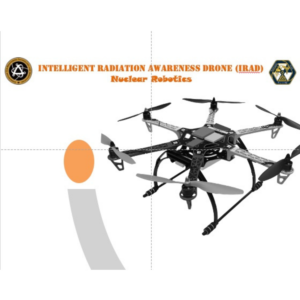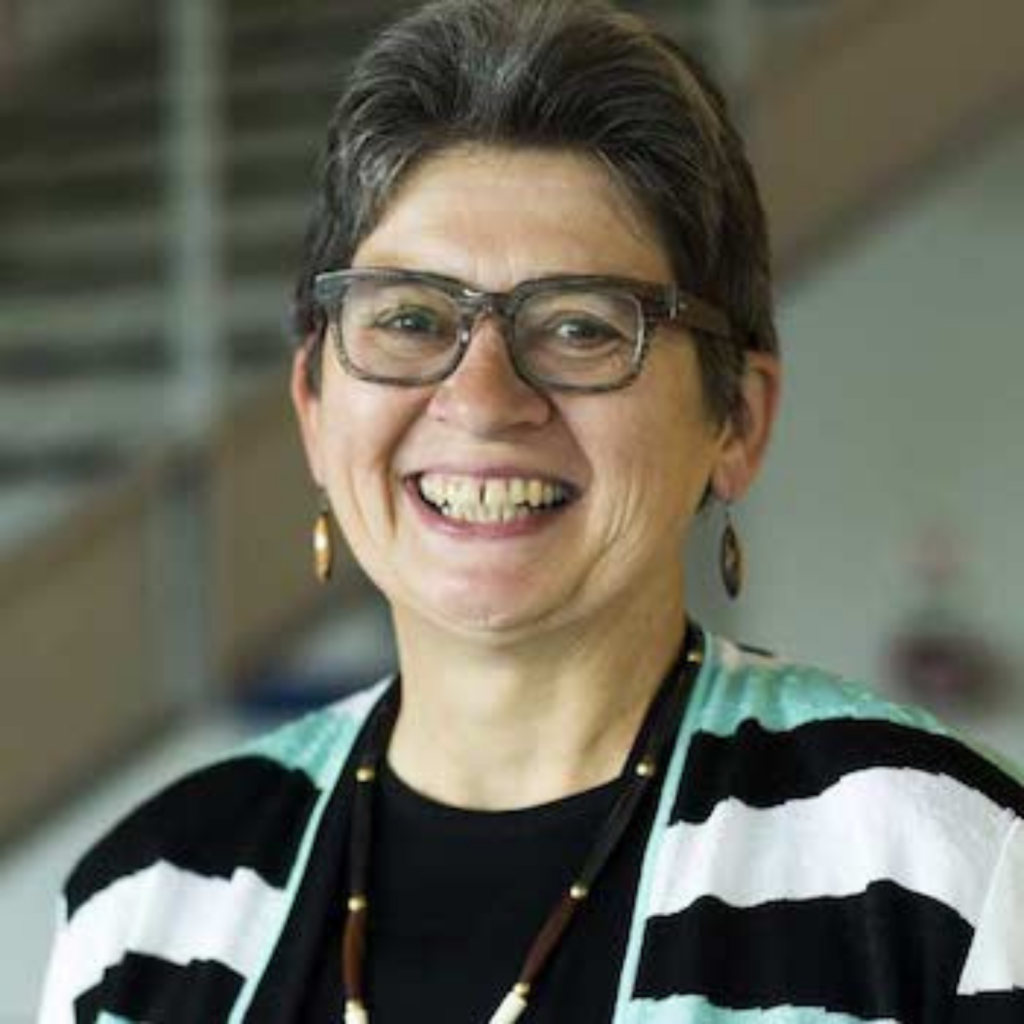In the event of both natural and human-produced disasters, the rapid mapping of hazardous substances would be greatly facilitated using unmanned robotic platforms bearing specialized sensors. For chemical, biological, radiological, and nuclear (CBRN) hazards, UAVs provide the advantages of allowing line-of-sight measurements (lack of intervening structures) while avoiding sensor contaminations when sources are fixed. Maps of either the sources of the hazard may be created using limited measurement, appropriate simplifying assumptions, and image reconstruction methods. It is also potentially possible to optimize the navigation of one or more drones to quickly improve the measurements. This project aims to interface a secondary computer to enable these computations with an existing modern mini-drone capable of carrying a payload of sensors of different types. Attempts will be made to interface various detectors (single point and imaging) to the drone provided by collaborators. Various source reconstruction and navigation algorithms could be tested at scale using an RF detector as payload and RF sources placed in the environment. An Inspired Flight IF1200, NDAA-compliant, heavy-lift drone with a potential payload of 8.5 kg is to be obtained for the project. A team of students will work on implementation of algorithms, design of an ionizing radiation detector payload, and integration of other sensor packages purchased or provided by the various investigators.
People

Todd
Allen
NERS
Engineering
Funding

Funding: $60K (2022)
Goal: Create a test-bed UAV capable of an 8 kg sensor payload with onboard computer enabling hazardous source mapping and hazard-informed navigation and test initial algorithms for ionizing radiation at scale using RF sources and sensors
Token Investors: Kim Kearfott, Sara Pozzi, Zhong He, Igor Janovic, David Wehe
Project ID: 1032




